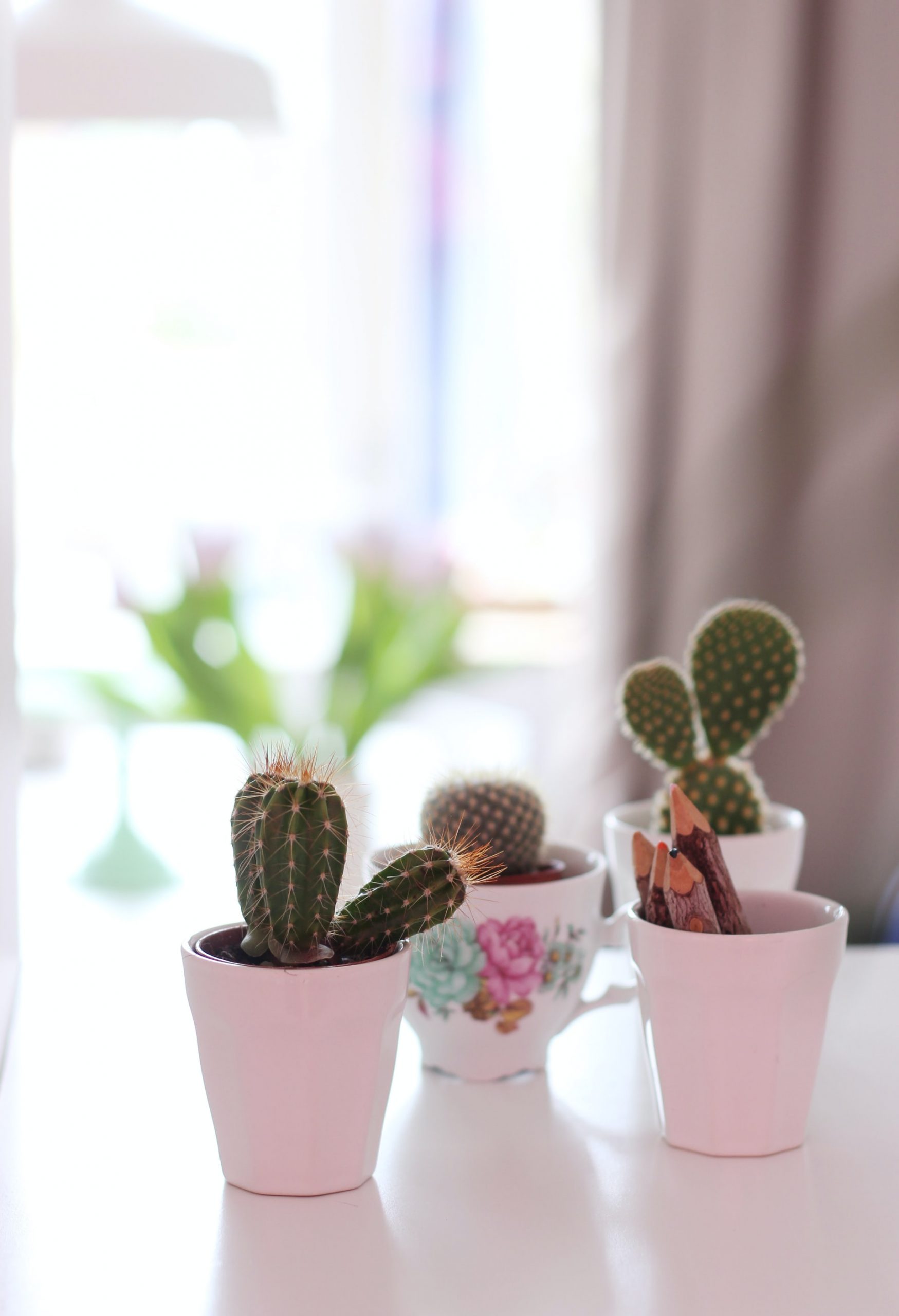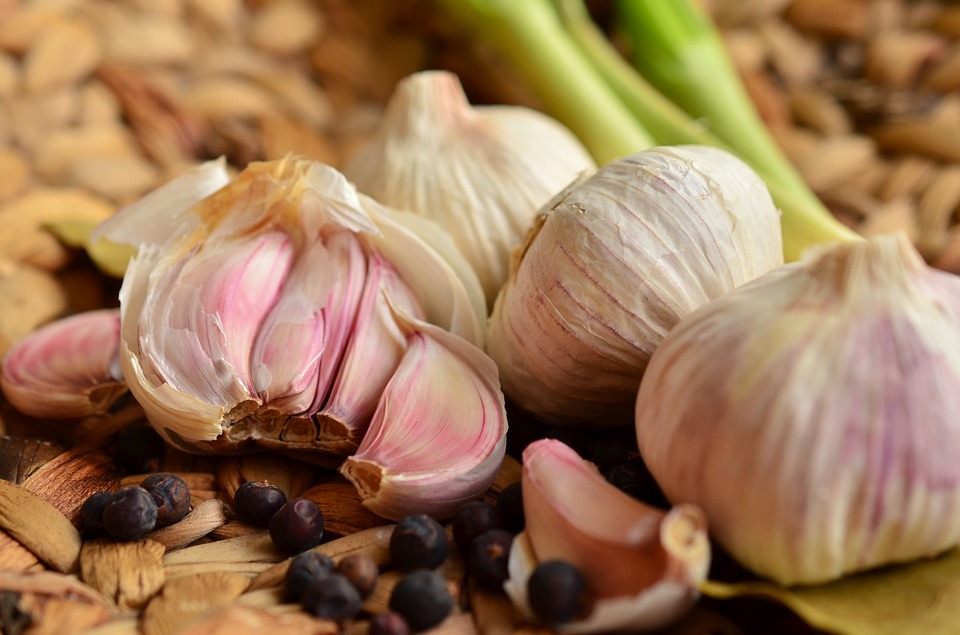Hibiscus plants are known for their big, multicolored flowers. These flowers are not only a decorative addition to the home and garden but can also be used medicinally. The flowers and leaves can be used to make teas and liquid extracts that can help with various ailments.
Various cultures have used hibiscus as a remedy for many illnesses. The Egyptians used hibiscus tea to lower body temperature, treat heart and nervous disorders, and as a diuretic to increase urine production.
Hibiscus is mostly grown in tropical regions of the world, but did you know that you can grow hibiscus indoors, even in cold regions? You will enjoy its benefits, but the plant will also bring warmth to your environment. In this article, you will find the best tips and tricks to grow hibiscus at home.

Hibiscus is mostly grown in tropical regions of the world.
Nutrition
Since they are not in their natural environment, Hibiscus flowers grown in colder climates will need even more nutrients. You need a hibiscus fertilizer, preferably in a ratio of 3:1:4 (nitrogen: phosphorus: potassium), or you can buy a fertilizer already prepared. Medium nitrogen content is important to keep nitrogen-loving pests and bugs at bay. The high potassium content will allow the plant to grow strong stems and brighter, larger flowers.
Your plant also needs the same levels of magnesium and iron as the potassium levels provided, for the formation of chlorophyll. Since the plant is in an environment with low light and low humidity, the growth promoters keep the energy up.
A good way to top off nutrient levels is to dissolve a bit of the chemical into the watering can each time you water the plants.
Hygiene
People and pets need good hygiene to be comfortable, and so does your plant. The dust that the hibiscus filters out of the air collect on the leaves and in all the little nooks and crannies, becoming the perfect breeding ground for the one hibiscus pest that loves an indoor environment – spider mites.
The best way to prevent spider mites is to clean your hibiscus regularly. You may think a little dusting is appropriate, but keep in mind that dust gets into the air, and hibiscus is known to filter dust out of the air, so the dust gets back onto the plants. The best way to get rid of the dust is to wash the plant.
Don’t drown the plant in water, but spray it from top to bottom and make sure you wash off all the leaves, flowers, branches, and stems, and then let it air dry. You can also use a horticultural oil that you don’t need to rinse off. Don’t wait until your plant has an infestation to wash it. You should wash them at least twice a month, and once you have an infestation, wash them three times a week for three weeks to get rid of the spider mites.
Sun
Despite being a tropical plant, hibiscus do well even if they do not receive direct sunlight, but they will not bloom as they should. If you want them to do their best, put them near a window that receives at least 3 hours of direct sunlight. However, the optimal duration will be 6 hours.
If they have good nutrition, they won’t need much sun, so if you follow the nutrition tips mentioned earlier, only one or two hours of sunlight will be enough.
Water
When you water your hibiscus, water until you see water come out the bottom of the pot into the plant tray, but after 12 hours, the water in the plant tray should be gone. If there is still water standing in the tray, pour it away, or you will drown your plant.
You do not need a hot climate or a sophisticated greenhouse to grow your hibiscus anymore. Let us know in the comments if you are looking to plant hibiscus in your living room…




